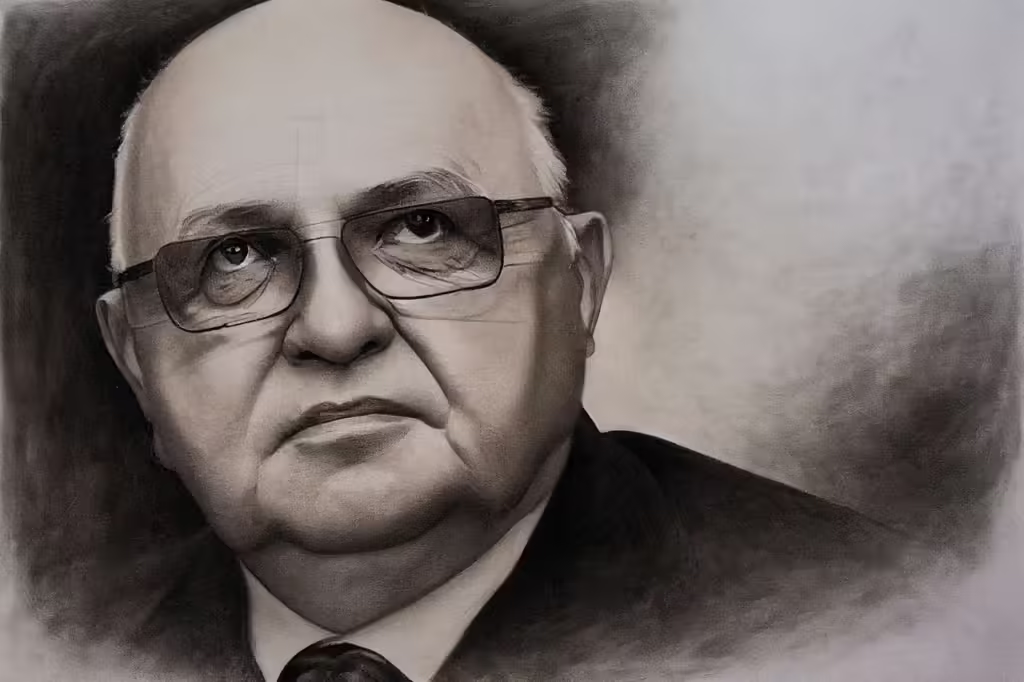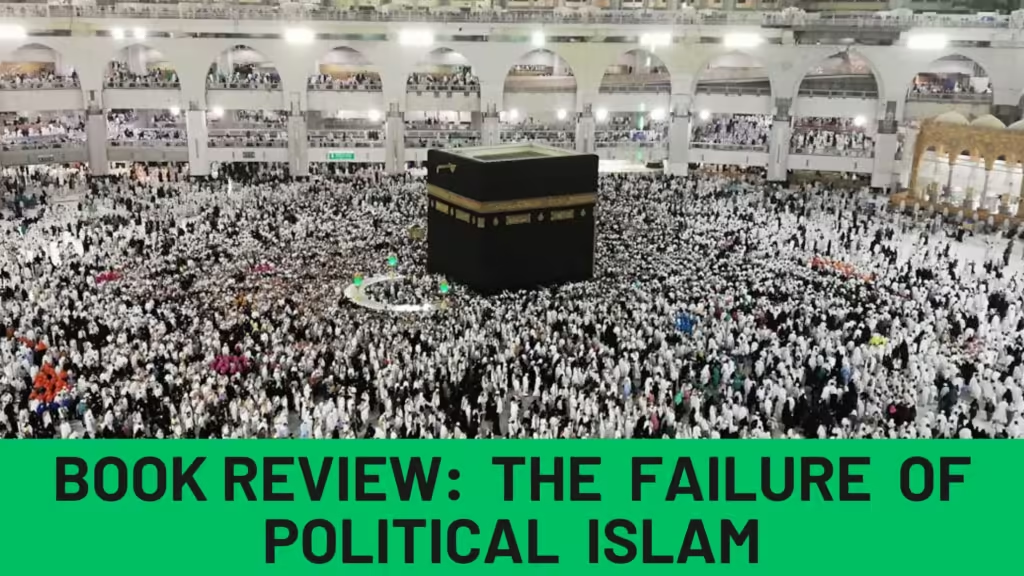Few people in the USSR saw the end of the Cold War as a setback for the Soviet Union and a sign of the current system’s failure at the end of the 1980s. On the other hand, people were proud of their country’s resilience, which compelled the “imperialists” to abandon their hostile plans and accept peace. There was a sense of appreciation for the leadership elite, which had made the wise decision to withdraw from the international class struggle and stop assisting regimes that lacked popular support and relied solely on the USSR’s assistance.

The expectation was that the peace dividend would help the USSR economy: once it was free of a senseless arms race, it could show its complete dominance over capitalist society, which was beset by crises, unemployment, and other issues. These feelings and thoughts changed dramatically in just two years, from 1989 to 1991, and were replaced by profound dissatisfaction with the government and its socio-political paradigm. In other terms, the reform did not become essential until after the Cold War ended, when it caused the current structure and the USSR to crumble. Other than that, the end of the Cold War, in my view, was a critical factor in the process.
Economy of the USSR
The economy of the USSR was in a deep crisis, exacerbated by an expensive and ineffective war in Afghanistan that concluded only in 1988 to1989, the enormous costs of dealing with the Chornobyl disaster of 1986 and its consequences, an earthquake that ravaged Armenia in 1988, decentralisation of the Union leading to funding shortages in the central budget, and economic experimentation.
Ideological regression and the gradual delegitimization of Marxism-Leninism, especially Stalinism, as a result of glasnost and discoveries about such “blank spots” in the USSR’s history were also important and linked to the above. Among these should be included Stalin’s purges and the NKVD massacres in the centre and the republics, as well as a thorough re-examination of the USSR’s founder, Lenin’s legacy. A slew of books have been written in the West claiming or implying that the Soviet Union fell
apart as a result of the long Cold War, especially its weapons build-up. These may assume the shape of “triumphalism,” in which the West and the U S triumphed in the Cold War, partially because the Soviet Union was also unable to match and had started costly arms construction that could not be maintained theoretically or economically, such as Strategic Defence Initiative or the Star Wars. The latter, of course, was never discussed in the United States but was seen as a serious threat, at least according to Gorbachev’s remarks at his early summit held with Ronald Reagan, especially one in Reykjavik, Iceland in October of 1986.
Gorbachev and the CPSU
Gorbachev’s increasing enmity against the Communist Party of the Soviet Union (CPSU) and its older generation of Brezhnev appointees has also been highlighted. While Gorbachev understood the need for change within the party, these changes effectively undercut his position, and he eventually relied on the reformed position of USSR president, which had previously been largely ceremonial. The Communist Party of the Soviet Union (CPSU) had 19.2 million members in 1990, with over one-third having a higher education, and constituted the USSR’s society’s elite and governing body.
While Gorbachev replaced several political leaders almost immediately after taking office in 1985, including suspected rivals Viktor Grishin & Grigorii Romanov, his most serious incident began in 1988 with the convening of the 19th All-Union Party Conference, the first since the 1920s, to develop a new party platform. The decision to hold fresh elections to the Congress of People’s Deputies in the spring of 1989 was also a result, prompting one scholar to conclude that these developments signalled the end of “economic centralism” and the rise of national separatist political parties and movements.
Gorbachev’s most serious blunder was his apparent inability to understand how his glasnost policy aggravated and complicated the Soviet Union’s nationalities problem. Almost as soon as he assumed office, problems in the republics arose, though they were not separatist. Increased ethnic tensions and the resurgence of old animosities among ethnic groups were exacerbated by a more tolerant public climate in the media, as well as the rapid growth of civil society and the establishment of so-called informal associations.
The Soviet Union’s stance on nationalities has had a tumultuous past. The clearest exposition of Lenin’s maxim that national republics should be ‘national in form, socialist in substance’ was at the centre of the founding of the USSR in December 1922. In republics such as Ukraine & Belarus, the 1920s saw a blossoming of national cultures, as well as an increasing importance of regional languages. “Indigenization” was the Communist Party’s overarching symbol for this transition. By the early 1930s, however, the policy had been long replaced by a new leader
Stalin tried to concentrate more influence in the country’s centre, though national disparities persisted and were acknowledged to some degree as the USSR expanded. Gorbachev belatedly attempted to rectify the situation in early 1991 with a referendum on a revised federation. Attempting to keep the Baltic States under the USSR was too late. The Communist parties in the country, such as the Popular Fronts, were pro-independence.
On February 9, 1991, Lithuania held an independence referendum, with more than 90% of voters in favour and more than 85% of eligible voters voting. On March 3, Estonians and Latvians did the same, with 79 per cent and 74 per cent in favour of independence, respectively, possibly reflecting the hesitation of these republics’ large Slavic populations on this issue. Gorbachev attempted to save what remained. He appeared on the USSR’s television on February 6th to declare a referendum on a new Union Agreement that would support a new Union of Soviet Sovereign Republics.
The new treaty promised the republics a slew of benefits, including recognition as sovereigns, the ability to choose their governments, and the ability to negotiate straight with foreign countries. The Moscow national government demanded the power to legislate foreign & defence policies, as well as the ability to retain control over taxes – this was a crucial problem since it would eventually result in funds pouring into the Russian Federation’s budget rather than the USSR’s.

Following his election as president, Yeltsin took several measures that threatened to jeopardise the Soviet state’s remaining fabric. He outlawed the Communist Party in the workplace (4 August), requested that businesses operating on Russian soil pay taxes directly into the Russian Federation‘s treasury, and began laying the groundwork for Russia’s own military and security policies.
The Supreme Soviet failed in its effort to limit President Gorbachev’s powers within the USSR. Several reformers, including Aleksandr Iakovlev, Eduard Shevardnadze, Stanislav Shatalin, Gavriil Popov, and Anatolii Sobchak, founded the Movement for Democratic Reform.15 The main question, however, was the confirmation of the new Union Treaty, which was to be signed on August 20 and would permanently reduce the central powers’ authority in Moscow. Hard-line Communists used an attempted putsch on August 19-21 to reverse the process of decentralisation, citing this upcoming event and Yeltsin’s push to amass personal influence in Russia.
Gorbachev had promised this meeting to republics that remained loyal to the Union Treaty, at least to some degree. Armenia, Moldova, and Georgia, the three Baltic states, did not want to be a part of it. This was a crucial juncture because the heads of the power ministries, the chairman of the USSR Supreme Soviet, the Vice-President of the USSR, and the head of the KGB plotted a coup to take over the country’s leadership.
Conclusion
The fall of the USSR’s Union eventually left a power vacuum across the world, making the US the only international military superpower. However, it had little impact on the world’s stability. There were various issues to be addressed, beginning with the nuclear arms that remained on the territory of three independent republics, namely Ukraine, Belarus, and Kazakhstan, in addition to Russia’s. The new states were far from self-governing, and they had to negotiate issues such as boundaries, banks and currencies, new constitutions, and the division of what had previously been USSR’s property.




